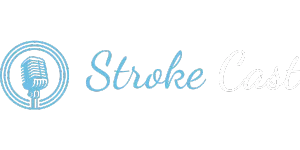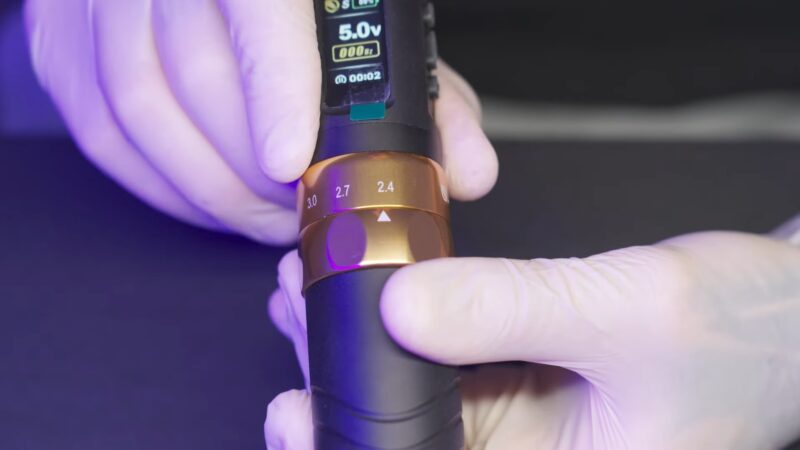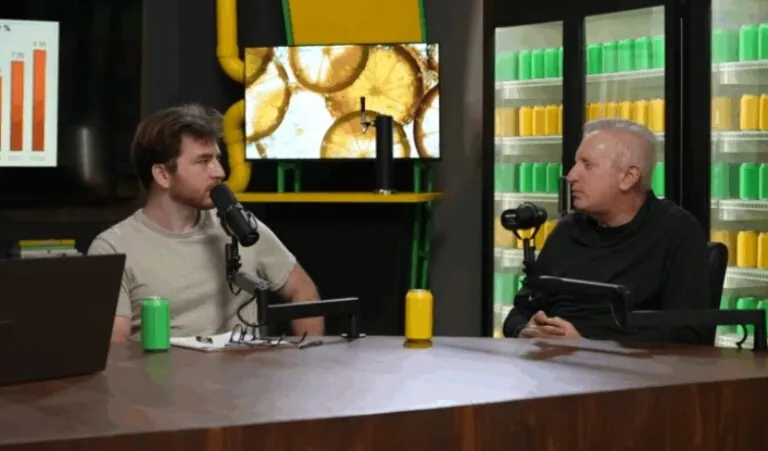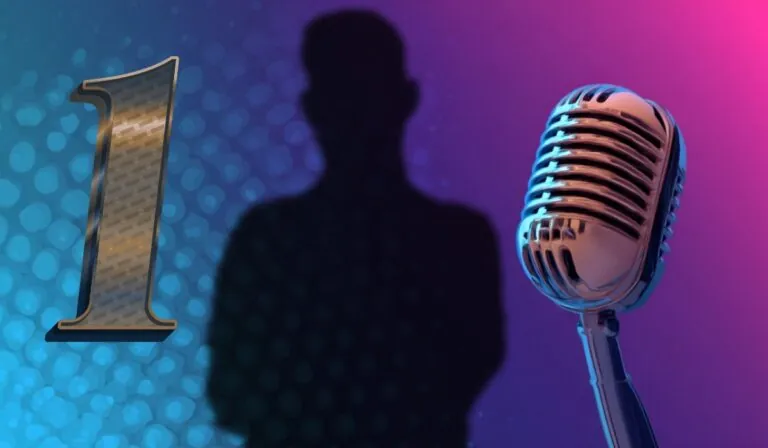Let’s talk about something that’s often overlooked but is absolutely crucial in the world of tattooing: the tattoo machine stroke. Sounds fancy, right?
It’s not just a term to impress your clients; it actually plays a significant role in how your artwork turns out. Let me break it down for you.
Table of Contents
ToggleWhat Is Tattoo Machine Stroke?
The stroke or “throw” of a tattoo machine is no small matter. It’s the make-or-break factor when it comes to your ink application. Get that stroke length dialed in just right, and you’re golden – your shading will be as smooth as a baby’s bottom, and your lines will be crisper than a freshly ironed shirt.
But mess that up, and you might as well just start over because you’re going to end up with a hot mess on your hands.
Different Strokes for Different Folks
Here’s the scoop: there are various strokes created for specific tattoo techniques. Let’s go through them:
- Short Strokes (1.8-2.5 mm): Perfect for soft black and grey work. Think of those delicate shades and subtle transitions.
- Medium Strokes (3.5 mm): The most versatile of strokes. Adaptable enough for color packing and some shading.
- Long Strokes (4.0+ mm): Used for bold lining. These bad boys hit harder and are great for making those lines pop.
Why Stroke Length Matters
Stroke length isn’t just a number; it directly impacts how your tattoo machine interacts with the skin. Here’s a quick breakdown:
- Longer Strokes: They hit harder, making them ideal for bold lines. However, they can cause more trauma to the skin, which is something to keep in mind if your client has sensitive skin.
- Shorter Strokes: Gentler on the skin, making them perfect for delicate shading and those soft, dreamy black and grey tattoos.
Adjustable Strokes – One Size Doesn’t Fit All
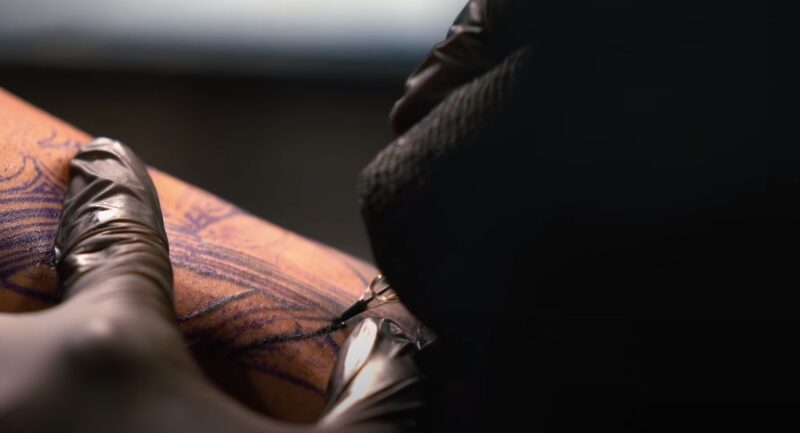
Some tattoo machines actually come with this magical feature called “adjustable stroke length.”
Being able to switch between dainty shading and thick, aggressive lines without swapping out your whole machine is incredibly useful for tattoo artists.
Flexibility is key when you’re the type of artist who just can’t stick to one single style.
Rotary vs. Coil Machines
Now, let’s get into the nitty-gritty of machine types. Rotary and coil machines handle stroke adjustments differently.
- Rotary Machines: Often have a direct drive. The stroke length here is straightforward and consistent.
- Coil Machines: Feature adjustable “give,” which allows for some flexibility in how hard the needle hits the skin. This makes coil machines a bit more versatile but also requires a deeper understanding of their mechanics.
Needle Interaction
Machine stroke is not the same as needle depth, but they are interrelated. Adjusting your stroke might necessitate tweaking your needle depth to ensure proper ink flow and needle retraction.
It’s a balancing act, and getting it right is crucial for a smooth tattooing process.
The Pros and Cons
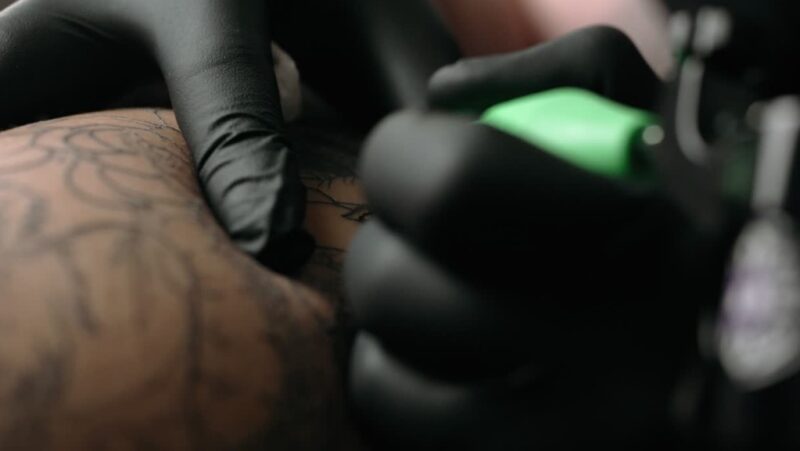
Let’s break down the advantages and disadvantages of different stroke lengths.
Short Strokes
- Gentle on the skin
- Ideal for detailed and delicate work
- Less trauma means quicker healing
- Not suitable for bold lines
- Might require multiple passes for solid color
Medium Strokes
- Versatile for various techniques
- Good balance between impact and gentleness
- Jack of all trades, master of none
- May not be ideal for very specific styles
Long Strokes
- Perfect for bold, strong lines
- Efficient for large areas of solid color
- Can be harsh on the skin
- Efficient for large areas of solid color
Practical Tips for Artists
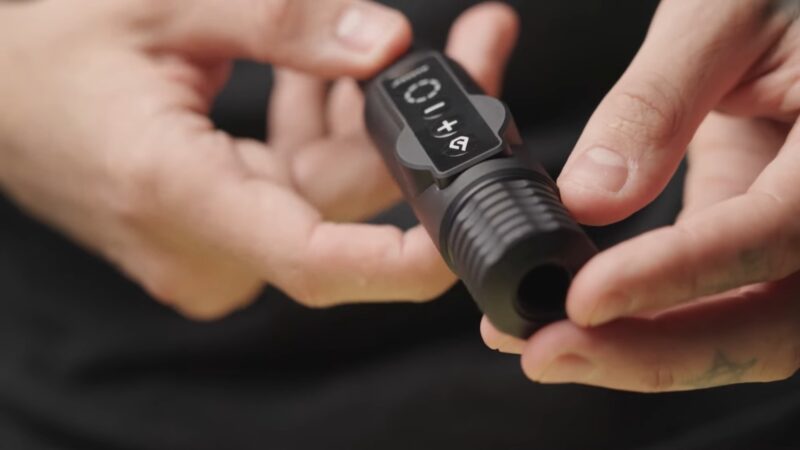
- Experiment with Different Strokes: Don’t stick to one stroke length. Experiment to see what works best for different styles and techniques.
- Adjust on the Fly: If you have an adjustable machine, make use of it. Adapt your stroke length based on the client’s skin and the type of tattoo.
- Monitor Skin Reaction: Pay close attention to how the skin reacts. Adjust your technique if you notice excessive trauma or slow healing.
Final Thoughts
Tattooing isn’t just about having a steady hand and a good eye; it’s also about mastering your equipment. The stroke length of your tattoo machine is a fundamental aspect that can make or break your tattoo.
It doesn’t matter if you’re going for fine shading or bold lines, understanding and adjusting your stroke length is key to delivering top-notch work. Next time you pick up your machine, remember: the devil is in the details.
Pay attention to your stroke, and you’ll see a significant difference in your work. And who knows? You might just become the go-to artist for those perfect, crisp lines or those smooth, subtle shades.
